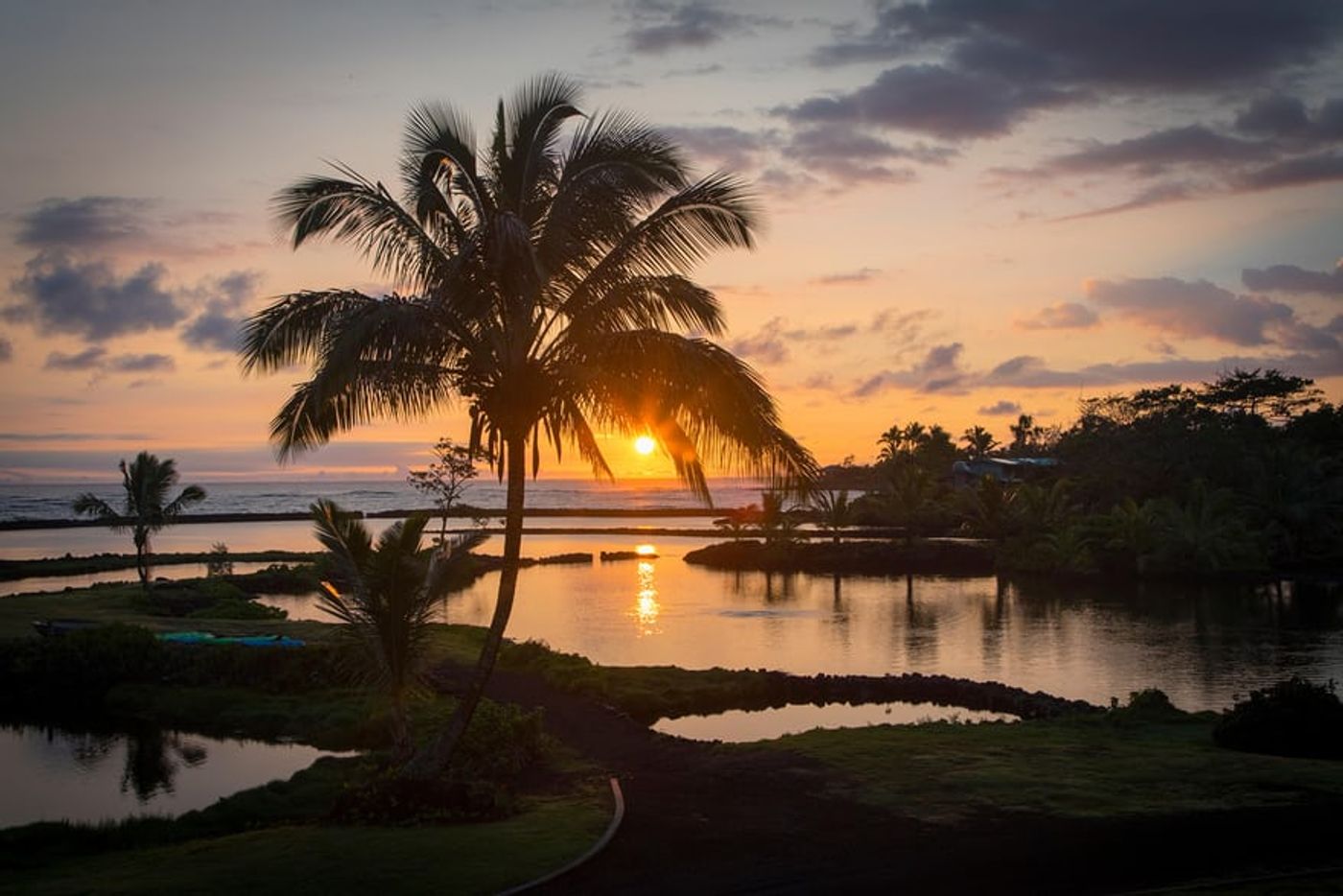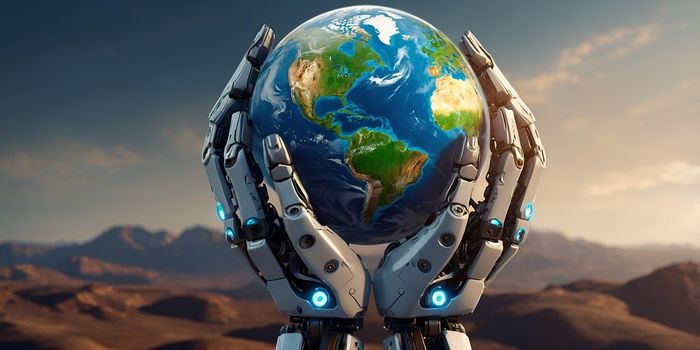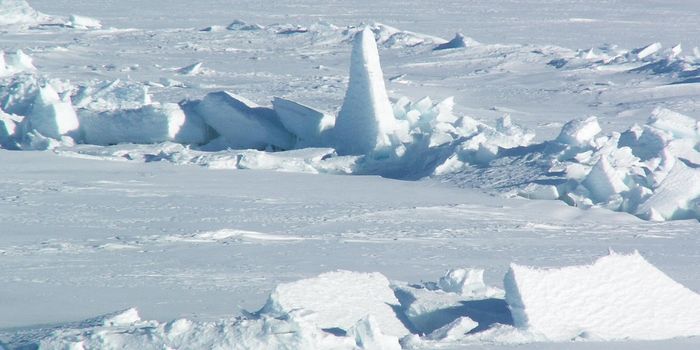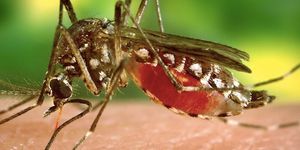Hawaii's post-eruption ecosystems
Hawaii was built by volcanoes, and the recent Kilauea eruption in Puna on the big island of Hawaii shows us in live-action what scientists already had clear: Hawaii is still being built by volcanoes. But what does this constant change, and more specifically, this recent drastic seismic event, mean for the habitats that until recently composed the island?
“Before the eruptions, that area was probably the best forest left in the state of Hawaii,” said Patrick Hart, a biology professor at the University of Hawaii at Hilo. “There were areas where the native Ohia forest extended right up to the ocean, and you just don’t see that in the rest of Hawaii,” he said. That area is now buried under 10 meters of lava, which means that the ecosystems it supported inevitably are in transition – at least for a while.
Those rainforests (now lava lands) were home to a diverse range of native Hawaiian trees, birds, and insects. Though the thought of all that life destroyed may seem sad, we have to remember that Hawaii, like other islands formed from hotspots, has been going through this cycle for a very, very long time.
“From a human point of view, what’s happening is tragic,” said David Damby, a volcanologist with the United States Geological Survey (USGS). “But from the volcano’s point of view, that’s the job she does: to build new land and change the landscape. That’s the way the earth works.” Scientists estimate that it will take roughly 100 years for life to creep through the lava – and about 150 for an intact forest to inhabit the land.
The forest wasn’t the only ecosystem impacted by the sudden lava flows. Kapoho Bay, an area off the coast known for its marine life and loved by researchers and swimmers alike, was also inundated with lava. Scientists say there is no way that the plants and animals living there could have survived, and that the corals and marine life, just like the forest, will have to start to regrow from the beginning again. But this scenario, some agree, is easier to digest than if the corals and the forests had disappeared because of the impacts from climate change. At least this, they say, is natural.
Sources: The Guardian









